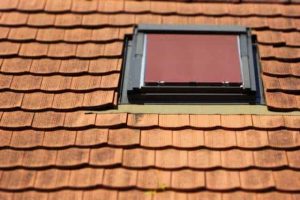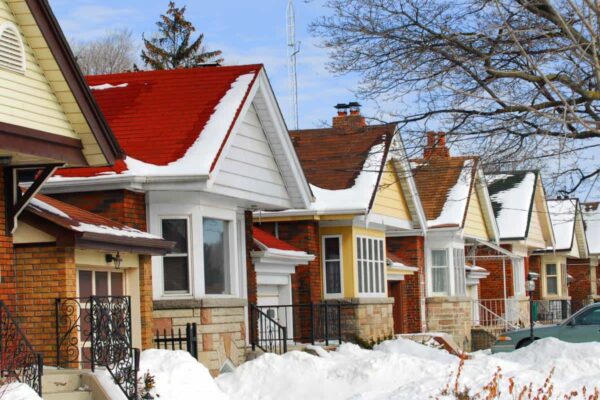Regardless of expertise, it’s safe to say that anyone seeing a sagging roof would be nervous; folks tend to know that a roof is meant to be flat, not wavy like wet cardboard or curving inward entirely. So if you’re dealing with a sagging roof, whether it’s your home or one you’re looking to buy, it’s important to know the leading reasons and what to do about it.
1. Environmental damage
The usual culprit here is water since it tends to have a disintegrating effect on building materials, especially if those materials have aged. Water damage can also lead to mold, which will eat away at materials or even cause health hazards. Additionally, heavy or consistent wind can cause structural integrity to weaken over time—that is, if your roof doesn’t blow away altogether. Infestations of wood-burrowing insects can also deteriorate structures.
2. Excessive weight strain
This problem is often caused by one of two things: heavy objects from the environment such as an excess of snow or ice, and heavy materials installed on a roof. A less common occurrence is someone installing an entirely new roof on top of one already there.
3. Poor quality installation or materials
It could be that the roof was constructed using cheap or low-grade materials, or perhaps it was installed by an unskilled roofer. In either case, a roof may sag under its own weight if it was constructed inadequately.
4. Age of the house
No matter if the construction was of the highest standard initially, one thing holds true for nearly everything: it will deteriorate with time. After evaluating the age of the home or its foundation, decide if it would be worth investing in some routine updating. Sometimes this may require an entire replacement, but that may not always be the most cost-effective method.
5. Foundation problems
It may sound scary, but foundation problems might be a cause for a wavy or sagging roof. For example, if a home was constructed over clay or has a large tree with disruptive roots, this can cause foundational issues. In addition, flooding caused by clogged drainage systems or damaged sewer pipes can compromise your foundation, leading to upheaving your home or creating an uneven plane.
So, What Next?
Do an in-and-out examination of your home, locate any damaged areas and determine what their causes might be. If it seems safe to do so, go into your attic and assess the damage of rafters or trusses; try to find any rotting materials or environmental damage. If you believe it to be foundational, set a small ball on your floor and see if it rolls in any particular direction and doesn’t stay put.
Avoid going into your attic to assess the structural integrity in extreme cases of sagging, as someone without experience may cause a cave-in if the damage is too extensive. Instead, call a professional to take a look at your storm damaged roof in Circle C and have them take a look.
Once you determine the cause, you can create a plan of action. But, don’t ignore the issue! Whether it’s already your home or you plan on purchasing, it’s essential to keep up on maintenance.
Manchaca Storm Damage
Do you have a storm damaged roof or an old roof that needs replacing in Circle C? Divided Sky can be your go to company for all your Circle C roof repair needs. No matter how big or small the project is, we would love to hear from you! Give us a call today!









